-
 bitcoin
bitcoin $114684.631706 USD
-0.87% -
 ethereum
ethereum $4228.677447 USD
1.58% -
 bnb
bnb $1294.880693 USD
-1.16% -
 tether
tether $1.000819 USD
-0.02% -
 xrp
xrp $2.605138 USD
2.79% -
 solana
solana $209.908690 USD
5.89% -
 usd-coin
usd-coin $0.999903 USD
-0.03% -
 dogecoin
dogecoin $0.213423 USD
2.93% -
 tron
tron $0.322721 USD
-0.10% -
 cardano
cardano $0.727247 USD
3.66% -
 hyperliquid
hyperliquid $42.339456 USD
6.05% -
 chainlink
chainlink $19.910811 USD
5.16% -
 ethena-usde
ethena-usde $1.000557 USD
0.00% -
 stellar
stellar $0.349734 USD
2.69% -
 bitcoin-cash
bitcoin-cash $543.848687 USD
-0.21%
When do SOL contracts settle?
Solana’s high-speed architecture enables near-instant contract settlements, with finality in under a second, thanks to Proof of History and optimized consensus.
Sep 25, 2025 at 03:36 am
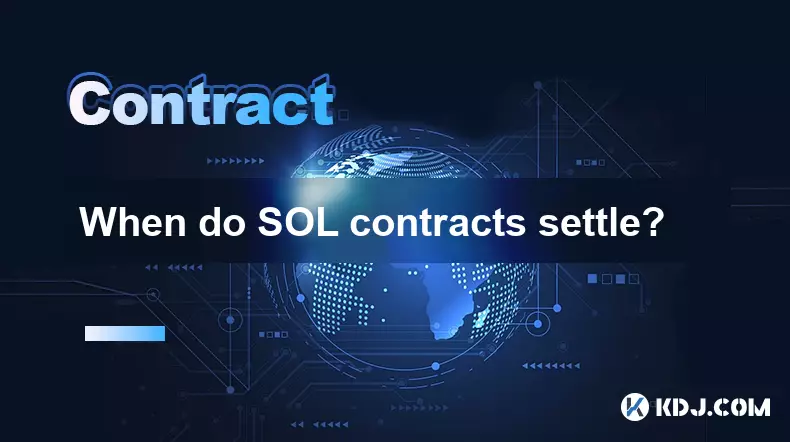
Understanding SOL Contract Settlement Times
1. Solana (SOL) smart contracts execute and settle transactions rapidly due to the network’s high-performance architecture. Unlike traditional blockchains that may take minutes or hours, Solana achieves finality in under a second under optimal conditions. This speed is made possible by its unique combination of Proof of History (PoH) and a delegated Proof of Stake (dPoS) consensus mechanism.
2. When a transaction involving a SOL-based contract is submitted, it typically gets confirmed within 400 to 600 milliseconds. Once included in a block and validated across the network, the settlement is considered complete. There is no need to wait for multiple confirmations as in slower networks like Bitcoin or even Ethereum under heavy load.
3. The actual settlement time can vary slightly depending on network congestion and transaction fees. During peak usage, users might experience minor delays, but these rarely extend beyond a few seconds. Transactions with higher priority fees are processed faster, ensuring near-instant execution when needed.
4. Decentralized applications (dApps) built on Solana rely on this fast settlement to offer seamless user experiences. Whether it's swapping tokens on Raydium, minting NFTs, or interacting with lending protocols on Mango Markets, contract outcomes reflect almost immediately on-chain.
5. It’s important to note that while transaction inclusion is fast, some third-party services such as exchanges or wallets may take additional time to display the updated balance or status due to their internal processing logic, not because of blockchain latency.
Factors Influencing SOL Contract Finality
1. Network health plays a crucial role in maintaining rapid settlement times. Solana has experienced occasional outages in the past due to bot activity or validator issues, which temporarily delay transaction processing. However, once normal operations resume, backlogged transactions are cleared quickly.
2. Transaction fees on Solana are minimal—typically less than $0.01—but they can influence processing priority during congestion. Users can choose to increase compute unit prices to ensure their contract interactions are prioritized by validators.
3. Smart contract complexity also affects execution duration. Simple transfers finalize almost instantly, while complex DeFi operations involving multiple state changes may require more compute units, potentially increasing processing time slightly.
4. Validator performance across the global network impacts overall throughput. Solana boasts over 1,000 active validators, and their synchronized operation ensures consistent confirmation speeds across regions.
5. The integration of Quality of Service (QoS) mechanisms allows critical transactions to be processed ahead of spam, preserving the integrity and responsiveness of contract settlements.
Real-World Implications for Traders and Developers
1. High-frequency traders benefit significantly from Solana’s sub-second settlement. Arbitrage opportunities between decentralized exchanges can be exploited effectively without the risk of long confirmation lags causing missed windows.
2. Developers designing dApps must account for immediate state updates. Since contract changes are reflected so quickly, front-end interfaces need to synchronize closely with on-chain events to avoid displaying outdated information.
3. User experience improves dramatically when actions like staking, voting in governance, or claiming rewards show instant feedback. This immediacy fosters trust and engagement within Web3 applications.
4. Cross-chain bridges handling SOL-based assets depend on rapid finality to minimize locking periods and reduce counterparty risk during inter-network transfers.
5. Despite the speed, developers must still implement proper error handling. Even on Solana, failed transactions due to insufficient funds or program errors occur and should be communicated clearly to end users.
Frequently Asked Questions
How soon can I trade SOL after sending it from another wallet?You can typically trade within one to two seconds after the transaction appears on-chain. Most exchanges and dApps detect the incoming balance change almost instantly.
Do SOL contract settlements require multiple confirmations?No. Solana achieves consensus rapidly, and a single confirmation is generally sufficient to consider a contract interaction settled and irreversible.
What happens if my SOL contract transaction fails?Failed transactions consume a small amount of SOL as a fee for computation. The failure reason—such as out-of-gas or invalid instruction—is recorded on-chain and can be reviewed using blockchain explorers.
Can I speed up a pending SOL contract execution?Once submitted, you cannot modify a transaction. However, you can override it by submitting a new transaction with a higher fee from the same address, effectively replacing the pending one.
Disclaimer:info@kdj.com
The information provided is not trading advice. kdj.com does not assume any responsibility for any investments made based on the information provided in this article. Cryptocurrencies are highly volatile and it is highly recommended that you invest with caution after thorough research!
If you believe that the content used on this website infringes your copyright, please contact us immediately (info@kdj.com) and we will delete it promptly.
- XRP Price Prediction: Weekend Rollercoaster or Rally?
- 2025-10-12 08:45:16
- Bittensor (TAO): Super Bullish Signals Point to Potential 2x Rally
- 2025-10-11 10:25:12
- Silver Price Correction: Navigating the Dip & Identifying Key SEO Keywords
- 2025-10-11 10:25:12
- Decoding Crypto Trends: Bittensor's Bull Run, Cardano's Dip, and LivLive's Presale Buzz in 'Uptober 2025'
- 2025-10-12 08:45:16
- MoonBull: The Crypto Meme Coin Promising 1000x Gains?
- 2025-10-11 10:30:01
- Crypto Payroll Revolution: Stablecoins, Altcoins, and the Future of Salary Payments
- 2025-10-11 10:30:01
Related knowledge

How to calculate the ROI for Ethereum contracts?
Oct 09,2025 at 04:36pm
Understanding Ethereum Contract ROI Basics1. Return on Investment (ROI) for Ethereum contracts begins with tracking the initial capital deployed into ...

How to find arbitrage opportunities between different Bitcoin contracts?
Oct 14,2025 at 11:18pm
Finding Arbitrage Opportunities in Bitcoin Futures Markets1. Monitor price discrepancies across exchanges offering Bitcoin futures contracts. Differen...
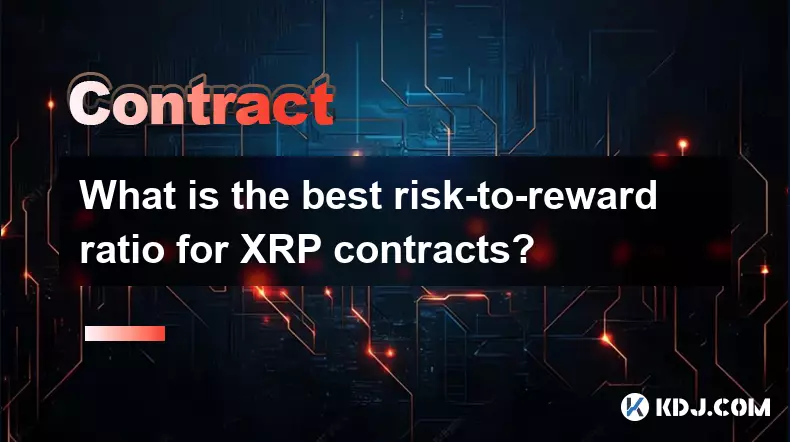
What is the best risk-to-reward ratio for XRP contracts?
Oct 11,2025 at 04:18am
Understanding Risk-to-Reward in XRP Futures Trading1. The risk-to-reward ratio is a fundamental metric used by traders to evaluate the potential profi...
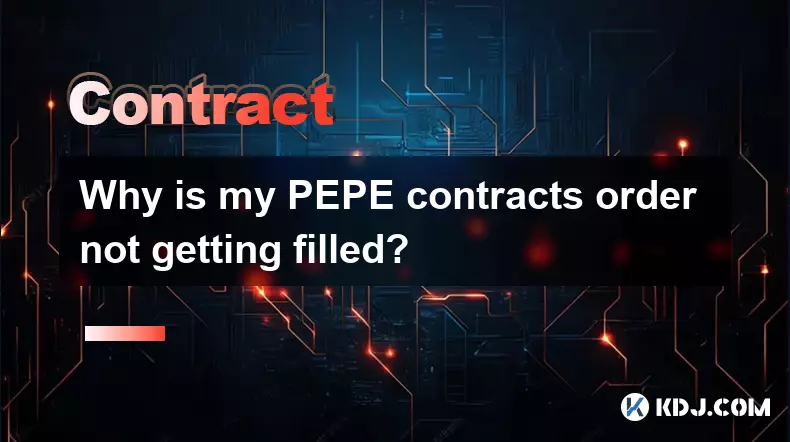
Why is my PEPE contracts order not getting filled?
Oct 12,2025 at 06:01pm
Understanding Liquidity Issues in PEPE Contracts1. Low liquidity is one of the primary reasons a PEPE contract order may not get filled. Many meme-bas...
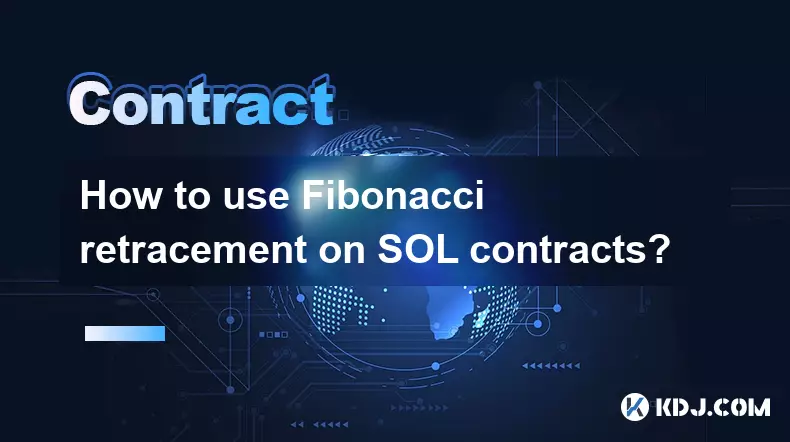
How to use Fibonacci retracement on SOL contracts?
Oct 14,2025 at 02:36pm
Fibonacci Retracement Basics in SOL Trading1. Fibonacci retracement is a technical analysis tool used to identify potential support and resistance lev...

Is it better to trade Dogecoin contracts or spot?
Oct 12,2025 at 04:54pm
Understanding Dogecoin Spot Trading Mechanics1. Spot trading involves the direct purchase and ownership of Dogecoin at the current market price. Trade...

How to calculate the ROI for Ethereum contracts?
Oct 09,2025 at 04:36pm
Understanding Ethereum Contract ROI Basics1. Return on Investment (ROI) for Ethereum contracts begins with tracking the initial capital deployed into ...

How to find arbitrage opportunities between different Bitcoin contracts?
Oct 14,2025 at 11:18pm
Finding Arbitrage Opportunities in Bitcoin Futures Markets1. Monitor price discrepancies across exchanges offering Bitcoin futures contracts. Differen...

What is the best risk-to-reward ratio for XRP contracts?
Oct 11,2025 at 04:18am
Understanding Risk-to-Reward in XRP Futures Trading1. The risk-to-reward ratio is a fundamental metric used by traders to evaluate the potential profi...

Why is my PEPE contracts order not getting filled?
Oct 12,2025 at 06:01pm
Understanding Liquidity Issues in PEPE Contracts1. Low liquidity is one of the primary reasons a PEPE contract order may not get filled. Many meme-bas...

How to use Fibonacci retracement on SOL contracts?
Oct 14,2025 at 02:36pm
Fibonacci Retracement Basics in SOL Trading1. Fibonacci retracement is a technical analysis tool used to identify potential support and resistance lev...

Is it better to trade Dogecoin contracts or spot?
Oct 12,2025 at 04:54pm
Understanding Dogecoin Spot Trading Mechanics1. Spot trading involves the direct purchase and ownership of Dogecoin at the current market price. Trade...
See all articles





















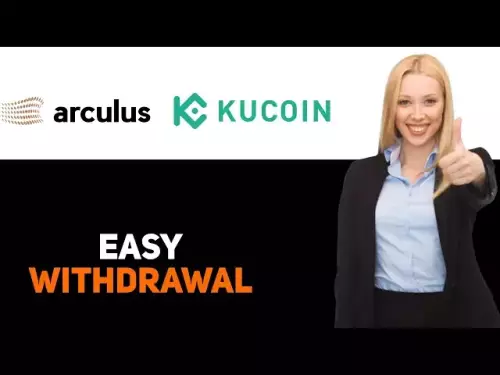

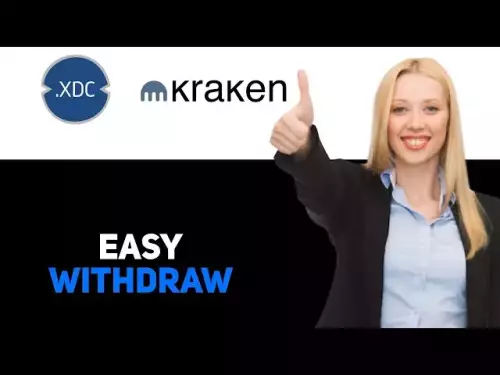
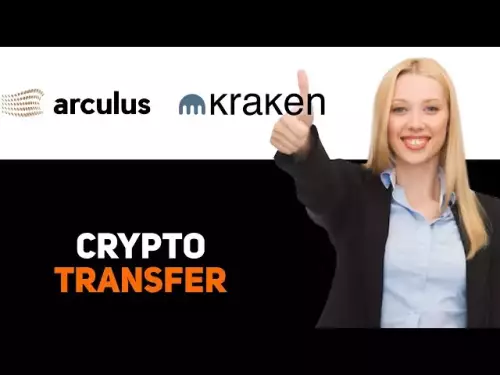
![[4K 60fps] Prisma by novichokk (1 Coin) [4K 60fps] Prisma by novichokk (1 Coin)](/uploads/2025/10/14/cryptocurrencies-news/videos/k-fps-prisma-novichokk-coin/68ee49804ba00_image_500_375.webp)
















































